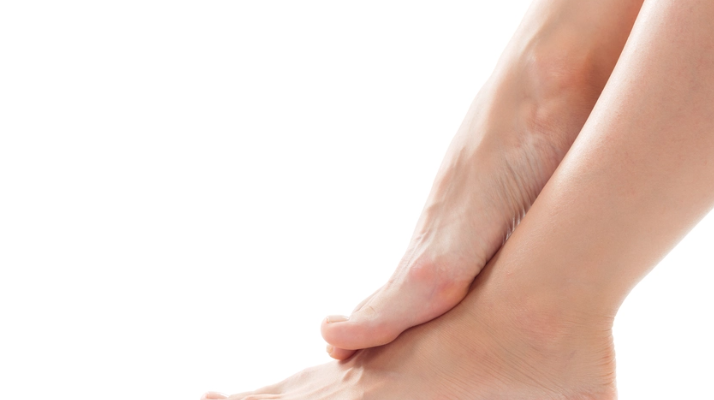Your feet might not be the first place you associate with heart health and clogged arteries, but they can reveal important signs about your cardiovascular system. Symptoms like pain, numbness, or swelling in your feet could signal serious heart health issues, including clogged arteries. Conditions like peripheral artery disease (PAD) and coronary artery disease (CAD) often show symptoms in your feet, indicating restricted blood flow caused by plaque buildup in the arteries.
Understanding Peripheral Artery Disease (PAD)

Peripheral artery disease is a condition caused by plaque buildup in the arteries, leading to clogged arteries and restricted blood flow to your extremities, such as your legs and feet. According to the Cleveland Clinic, PAD can cause pain, cramping, and even limb loss if left untreated. If you frequently experience leg cramps or difficulty standing for long periods, it could be a sign of PAD affecting your heart health and clogged arteries.
Testing for Clogged Arteries

Early detection of PAD can prevent severe complications. Doctors use various tests to identify clogged arteries, including measuring your foot pulse or performing an ankle-brachial index (ABI) test. This test compares blood pressure in your ankle and arm to detect blockages. If you have swelling in your feet or a family history of heart disease, it’s crucial to seek medical advice for heart health and clogged arteries.
The Impact of Poor Circulation

Poor circulation due to clogged arteries can lead to pain, numbness, and slower wound healing in the feet. Plaque buildup in arteries deprives tissues of oxygen, worsening conditions like PAD. Additionally, weak heart function can cause peripheral edema, resulting in swollen legs and feet. Diabetics are particularly at risk, as high blood sugar levels can exacerbate foot pain and numbness. Managing blood sugar and monitoring foot health are essential for maintaining heart health and clogged arteries.
Preventive Measures for PAD and CAD

Preventing PAD and CAD requires adopting a heart-healthy lifestyle to reduce the risk of clogged arteries. Regular exercise, a balanced diet low in saturated fats, and avoiding smoking are critical steps. The U.S. Department of Health and Human Services suggests at least 150 minutes of moderate exercise weekly. Managing blood pressure, cholesterol, and blood sugar levels with your doctor’s help can also protect your heart health and clogged arteries.
Maintaining Heart Health for Healthy Feet

The connection between heart health and foot health works both ways. A healthy heart ensures better blood flow to your feet, while staying active and eating a nutritious diet supports both your heart and feet. Avoiding clogged arteries can help keep your feet pain-free and functioning optimally. Regular doctor visits can help detect and manage any underlying conditions affecting your cardiovascular and foot health.
Conclusion
Your feet offer valuable clues about your heart health and clogged arteries. Pay attention to symptoms like pain, swelling, or numbness, as these could indicate serious heart issues. By understanding the signs and adopting preventive measures, you can protect your heart and overall health. If you notice foot-related concerns, consult your doctor. Early intervention is key to avoiding complications and maintaining a healthy, active lifestyle.
Please SHARE this article with your friends and family on Facebook.



